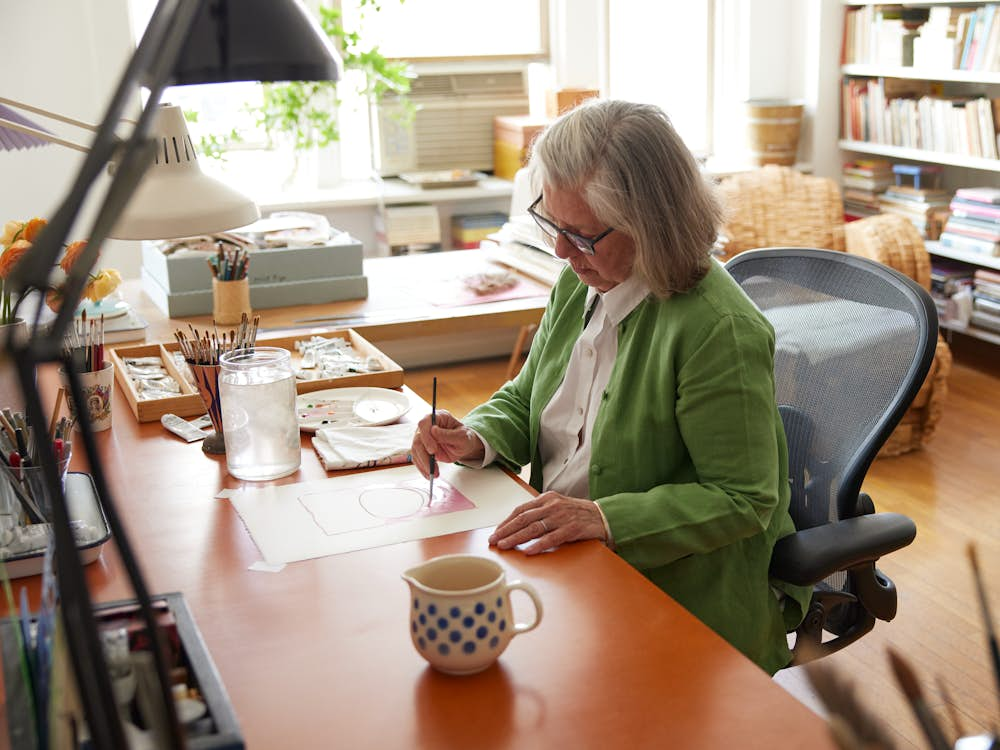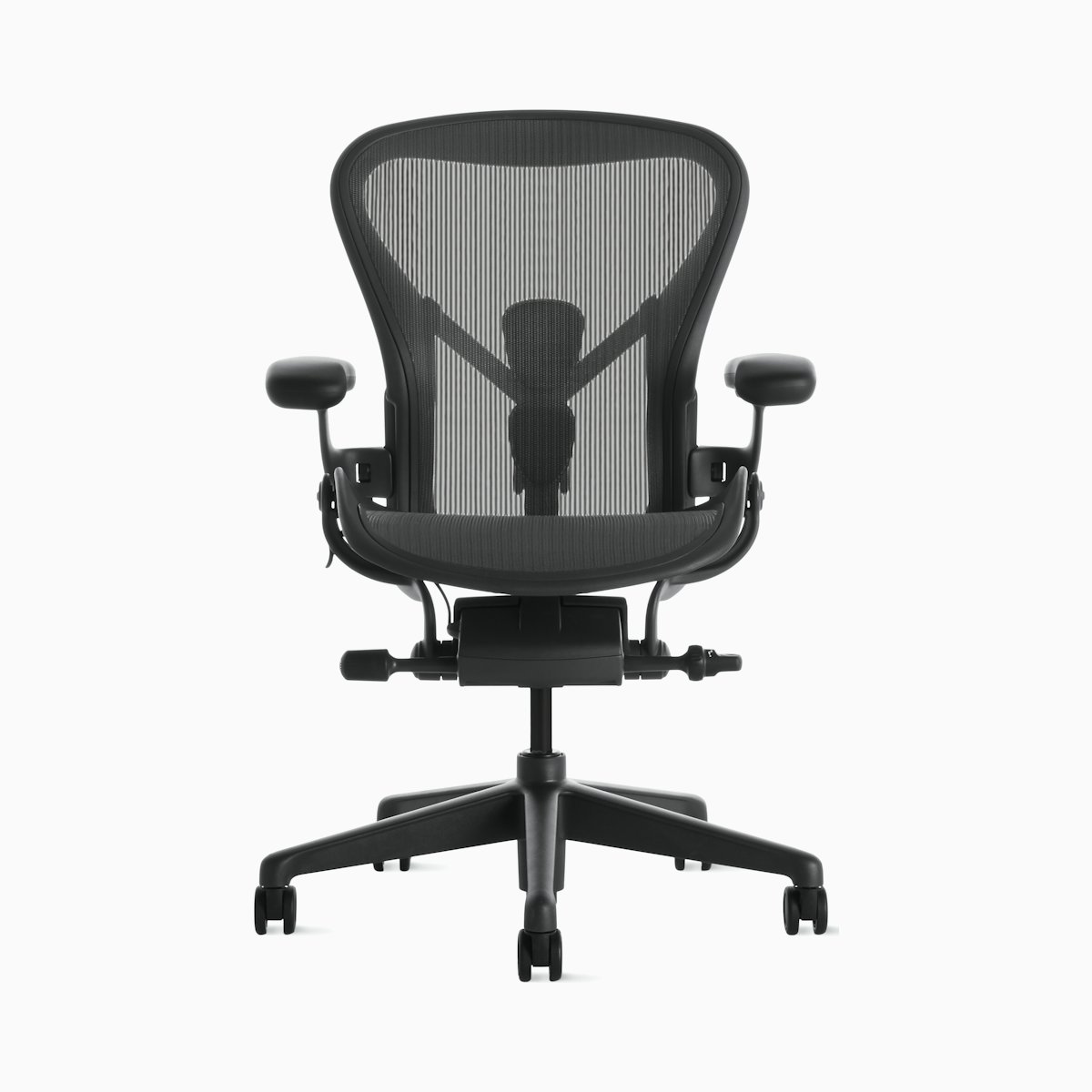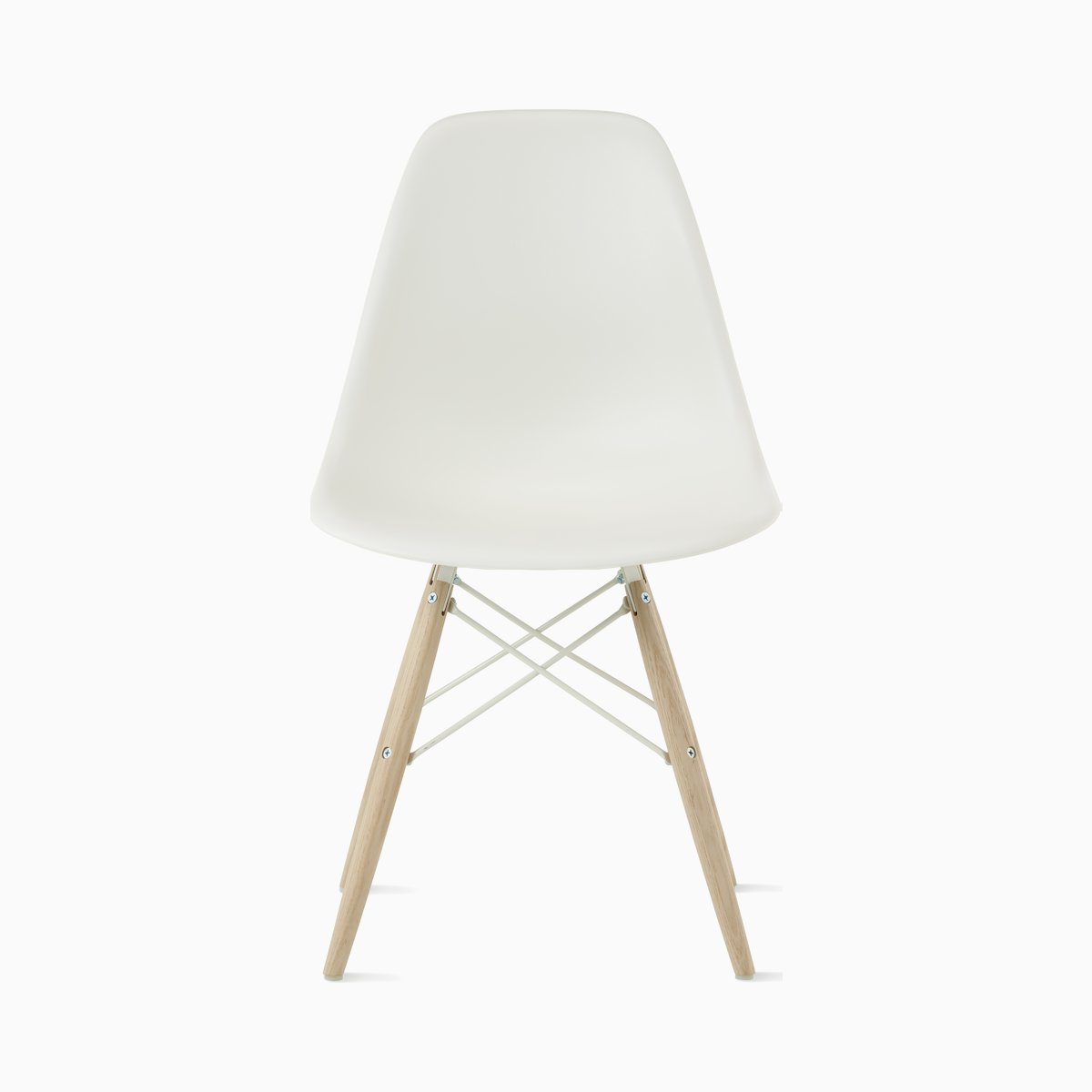Maira
Kalman: Beauty in Utility
Illustrator, painter, and author Maira Kalman is selective about what she lets into her life. Reading the news is kept to a minimum, her calendar is rarely full, and she refrains from social media. Instead, she delights in the daily flow of creative life.
Finding connections
In her New York City studio, Maira is also careful about the objects she surrounds herself with—she doesn’t want anything that she doesn’t love. Her favorite objects include an iron, a dish rag made by a friend, and chairs. “I really love chairs,” she says. “But that sense of what’s wonderful about the things you look at around you, how is that defined?”
Perhaps, she suggests, the answer is utility. “Every chair is not just for show. It’s to sit on and to live in. In my studio, everything is meaningful and everything is useful, and everything has a reason to be there.”
A utilitarian approach also informs Maira’s work. “It seems superficial to say it, but there’s knowing how to edit out what’s unnecessary.” She allows music, movies, and books to “flow through her life,” and she spends time walking and being alone in her studio. She’s not on Facebook, doesn’t follow anyone on Instagram, and doesn’t read the newspaper. “I’m in a cocoon but it’s a very active and lively cocoon. Working, writing, and painting is a meditation all day long. I have a bounty of things that keep me separate and connected at the same time.”
The power of Proust
In place of reading the newspaper every day, Maira reads Proust, a habit she began more than a decade ago. “I wanted to read him, but I needed some kind of leader,” she says. Asking every woman she knows—“whatever you need, just talk to as many women around you as you can, and whatever you’re seeking you shall find”—led to an introduction and the creation of a Proust reading group. “It took seven years to read all seven volumes, but it’s true what they say that Proust answers all the questions of life. It keeps you out of a mental institution. If you need a shrink, try reading Proust first and save a few shekels.”
Maira does, however, read one section of the daily newspaper. “I read the obits,” she says. “They’re beautifully written mini biographies. From inventing the Bundt pan to saving people from concentration camps to writing incredible music, these stories are very encouraging for the day. I read them and say, ‘OK, what am I going to do?’”
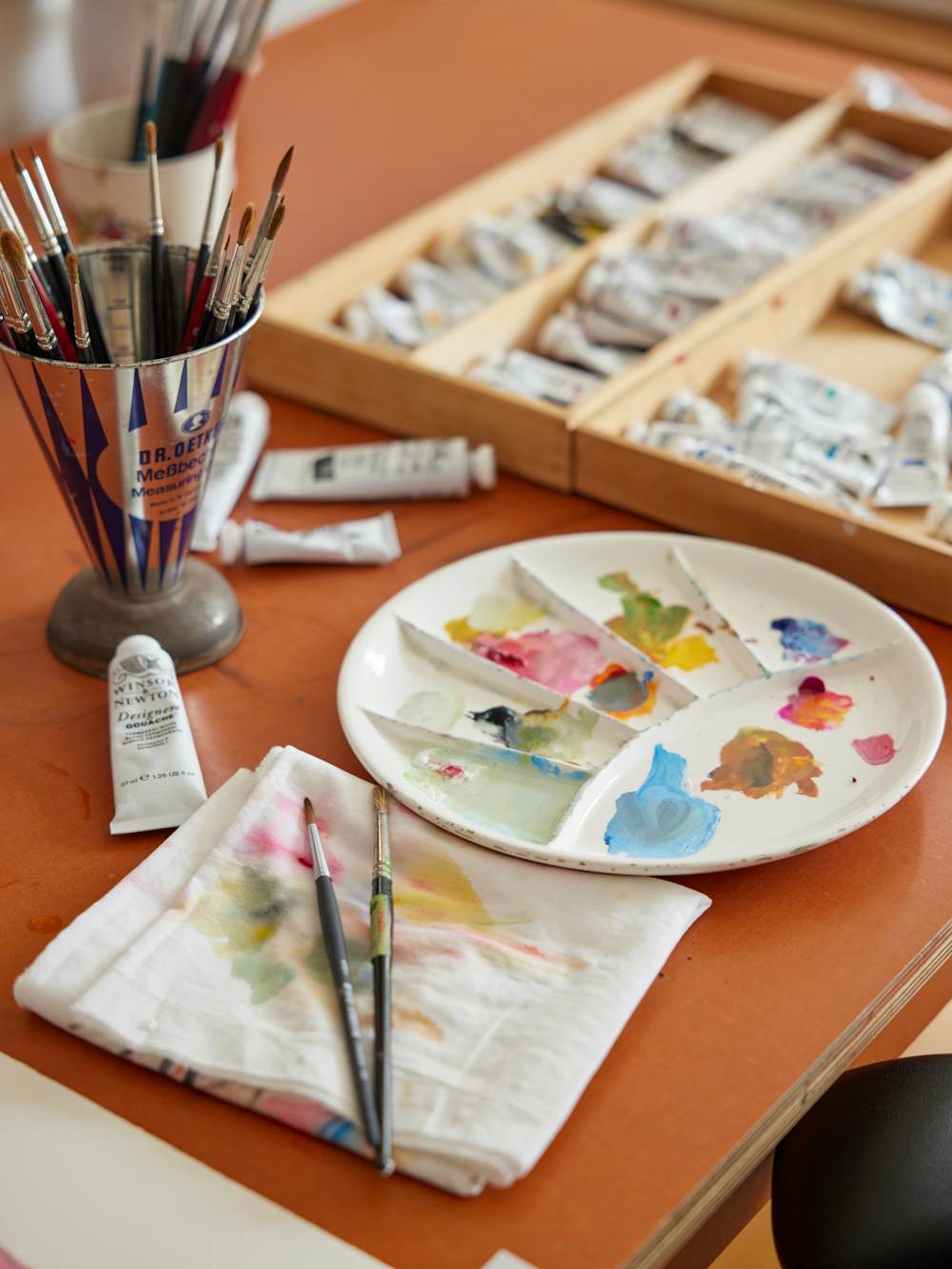

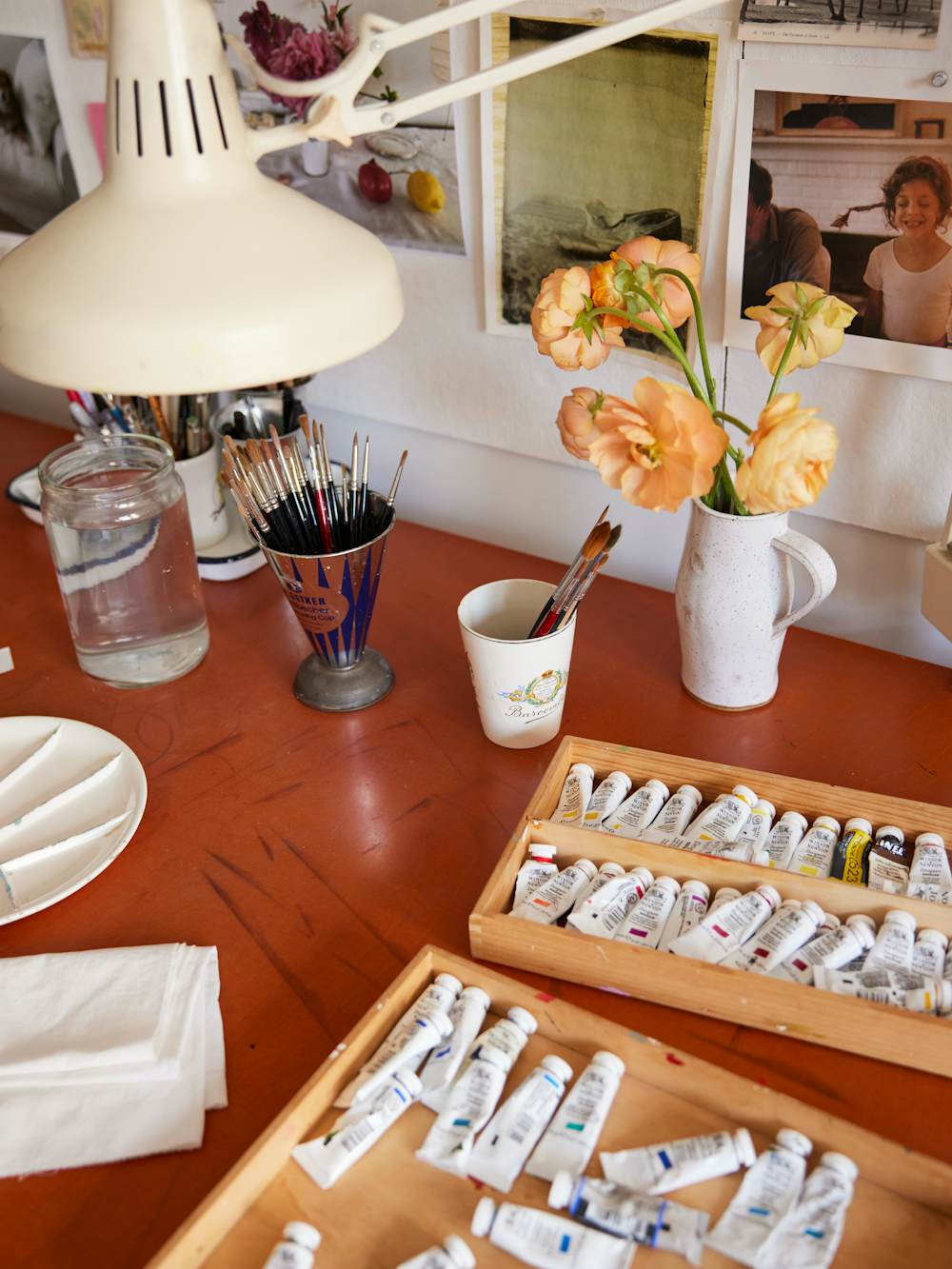
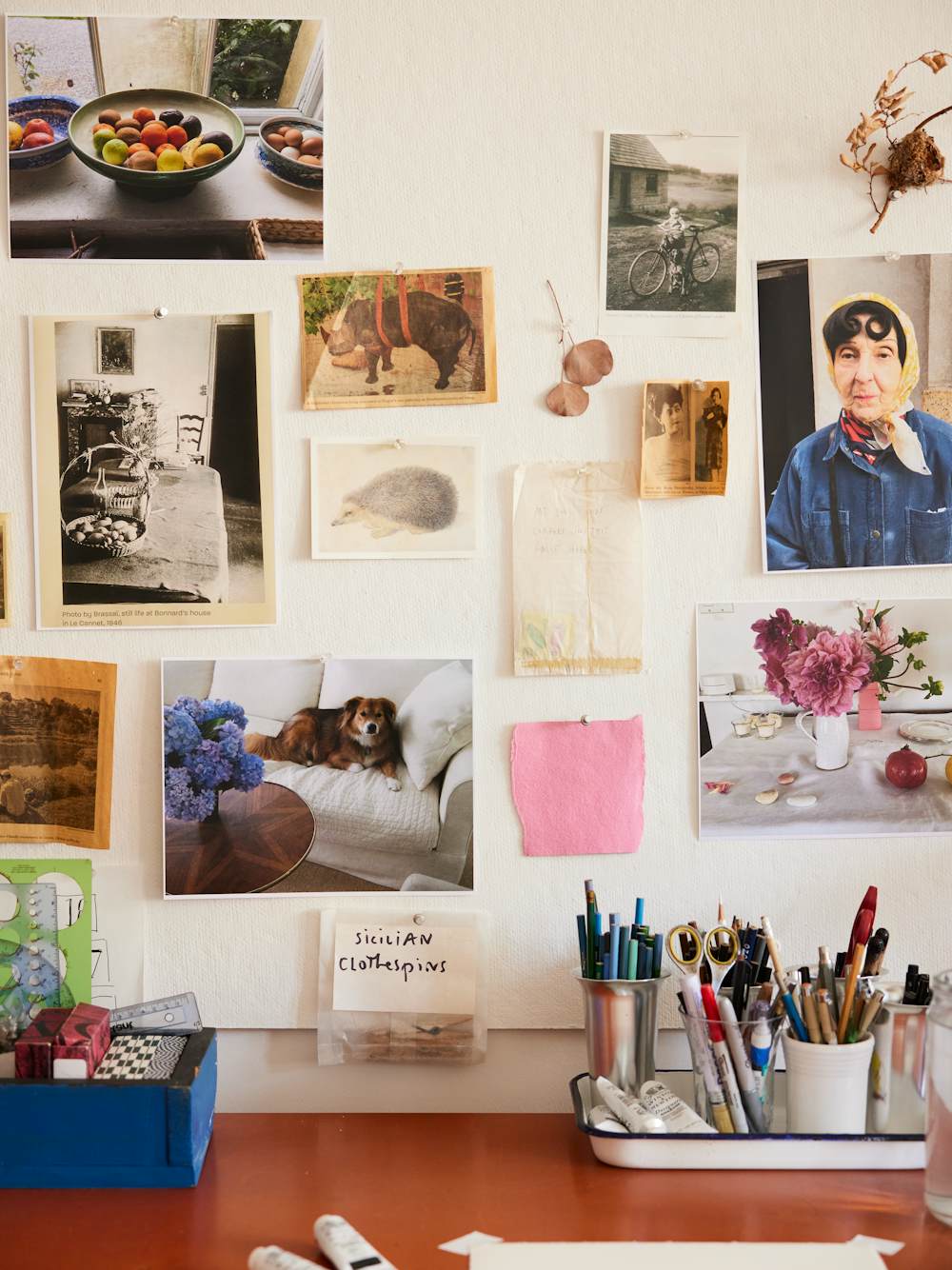
The challenge of creating new
Despite a storied career—she’s written and illustrated more than 30 books, created 15 covers of The New Yorker, and featured in exhibitions at museums across the world—Maira admits she’s terrified to start something new. “I relish starting and I dread starting,” she says. Wondering, “Is it interesting? Is it boring? Is it good? Is it bad?’ That never goes away. And actually, it shouldn’t go away, because then you’re not really asking questions.”
Maira accepts the mixed feelings of thrill and terror because she knows she needs both to figure out what she’s trying to say with each new project. Like everything in life, they’re intertwined. “You couldn’t have any beauty without any sorrow, and you couldn’t have any joy without tragedy,” she says.
There’s a boldness in creating something new that also appeals to Maira, whether it’s a movie, piece of music, painting, or even a chair. But she cautions, “If you’re trying to second-guess a market or trying to be part of a trend, then you’re lost. If you’re telling your own story, then there are always new stories. There better be, otherwise we’re finished.”
View


